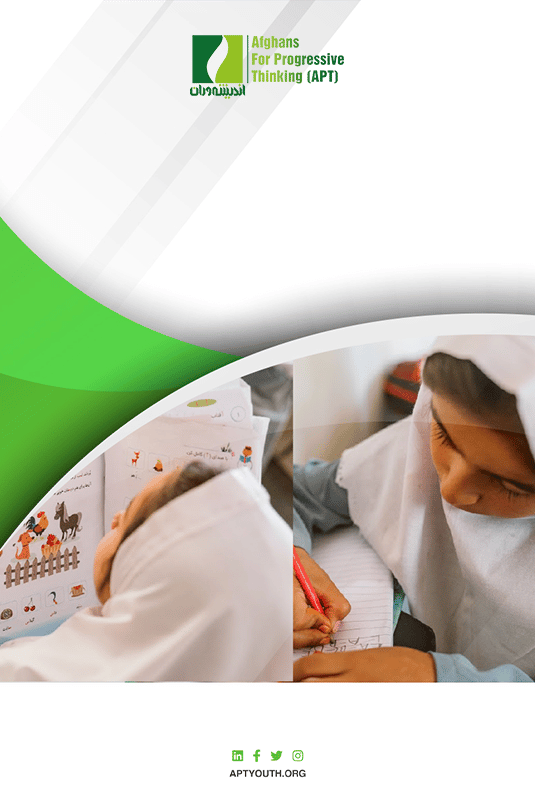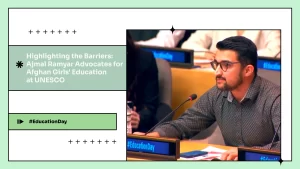One Year After Afghanistan's Fall: What Was Life Like Under The Taliban Rule?

Introduction
Access to information about life under the Taliban has been a challenge in the past year. In this booklet, you will learn directly from young Afghan women who are currently residing in Afghanistan. These young leaders completed a two-month mentorship program with Afghans for Progressive Thinking and team-worked to write articles on issues such affecting their lives such as poverty, restrictions on girls’ education, targeted assassinations, and the status of Afghanistan on the global agenda.
What distinguishes this collection from other important reporting on Afghanistan is that it is written and compiled not only by Afghans but those women who continue to live inside the country. It is imperative for the international community to hear from people on the ground.
The young women who participated in this program come from diverse geographic, ethnic, and religious backgrounds. For most of them, this was the first time to communicate their ideas through writing. This is not a work of pure academic research. Rather, these articles are published so that those watching Afghanistan from the outside can feel the ones inside the country and understand their circumstances beyond their English language abilities.
This booklet became possible because of the tireless efforts of Megan Fitzmaurice, Assistant Professor of Communication and Philanthropy at the University of Texas to train and edit the articles and Sofia Ramyar, M.A. Candidate for Dispute Resolution at Pepperdine University who designed the program and guided the courageous writers.
Girls' Education Under the Taliban Regime: What Are the Psychological Impacts of School Closure on Girls?
Since Afghanistan collapsed on August 15, 2021, many crises occurred, especially in education. Aziz Ahmad Rayan, a spokesman for the Ministry of Education, announced on March 17, 2022: “All schools are going to open to all boys and girls.”
Global Attention to Afghanistan: How Do You Evaluate International Attention to Afghanistan in the Next 1-2 Years?
Since the Taliban takeover in August 2021, humanitarian conditions have deteriorated with over 24.4 million people in need of humanitarian assistance in Afghanistan- an increase from 18.4 million in 2021.
Humanitarian Crisis in Afghanistan: What is the Status of Living Conditions for the People of Afghanistan in 2022?
Afghanistan is facing an increased rate of poverty, starvation, malnourishment, and unemployment. According to a United Nations report published in October 2021, “Afghanistan’s combined shocks of drought, violence…
Taliban Amnesty: What Does Amnesty Mean for Human Rights in Afghanistan?
The Taliban announced general amnesty after their takeover of Afghanistan and asked everyone to return to their jobs as usual. They especially called those who worked with the military, ministries, and the former government to resume their jobs. However, there are lots of cases and evidence that clearly….





